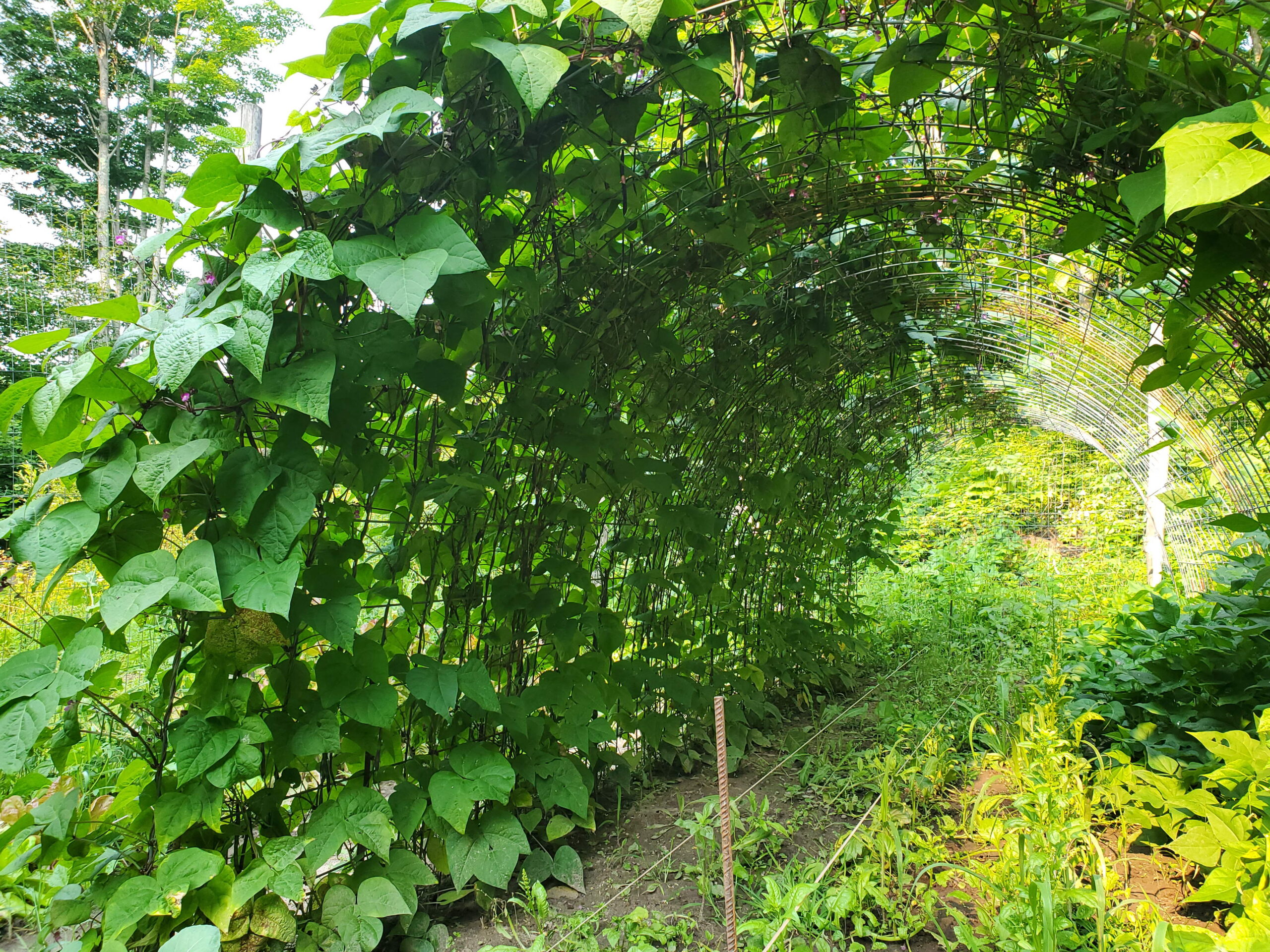How to Use Nasturtiums in the Garden
Nasturtiums are a great way to help “trap” unwanted pests in your gardens. I have personally seen one plant be very small and other’s be large, assuming the smaller one has been the successful “trap” to certain pests.

Information used from https://www.bunnysgarden.com/growing-nasturtium-in-vegetable-garden/
How do you use nasturtium as a trap crop?
Plan to plant nasturtium as a trap crop several weeks in advance of the crops you’re trying to protect. This allows the nasturtium to grow larger so that it is more attractive to pests than their normal targeted plants. According to NC State Extension, aphids are attracted to the nasturtium’s flowers and foliage. Pat West, master gardener UCCE, of the University of California UC Master Gardeners of Inyo & Mono Counties, advises that systemic strategies can help against squash bugs, such as companion planting with nasturtium, radish and other crops.
In my own experience, our nasturtiums attracted squash bugs. I am hopeful this took them away from our cucurbits like zucchini and summer squash.
Benefits of Growing Nasturtium in Vegetable Garden
Besides the beauty of growing your own flowers, check out these nasturtium benefits:
Pollinator Friendly – Besides helping to control pests in the garden, nasturtium flowers are attractive to bees, hummingbirds, and butterflies.
Bright, Cheerful Colors – Often boasting shades of yellow, orange, rose, red, and coral, nasturtiums add a bright pop of cheerful color to your garden.
Edible Flowers – The nasturtium flowers are edible and make a nice garnish or accent on salads, drinks, and other dishes.
Child-Friendly to Grow – The large seeds are super easy for kids to handle and just as much fun to find and collect at the end of nasturtium’s growing season.
Pest Control – Nasturtium’s pest control properties are worth mentioning on their own!
Easy to Propagate – If you’d like to try your hand at propagating nasturtiums, it’s easy and fun.
Nasturtium and Cucurbits
One beneficial pairing not to miss is growing nasturtiums near squash, zucchini, and other cucurbits. Cucumbers and countless other plants also benefit from nasturtiums planted nearby.
Nasturtiums often have the power to draw away squash bugs, acting as an invaluable plant in the garden.
Pumpkins and other gourds also commonly suffer from squash bugs and vine borers, making them another good candidate for companion planting with nasturtiums.
Companion Planting Nasturtium and Tomatoes
Nasturtium and tomatoes grow well together. This friendly plant acts as a trap crop for aphids, offloading the issues tomato plants may face.
Growing nasturtium near tomatoes allows you to attract hoverflies to attack your garden’s aphid problem. You can also treat the aphids directly on the nasturtium plants with a mild solution of Dawn dish soap and water.
When trap crops like nasturtium become totally infested with pests, you can also rip them out to destroy the pests and then plant a new one.
Sharing Tips!
If you grow nasturtiums, be sure to save, dry, and store the nasturtium seeds! That way you’ll have tons more to enjoy in your future gardening seasons.
By the way, one of my other favorite tips is that you can propagate nasturtiums from broken pieces that come apart from the plant. We have bunnies and groundhogs that ravage our garden, so I am always potting up broken nasturtiums to grow new roots!


